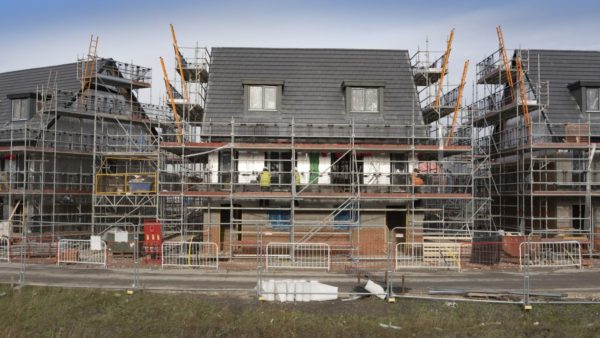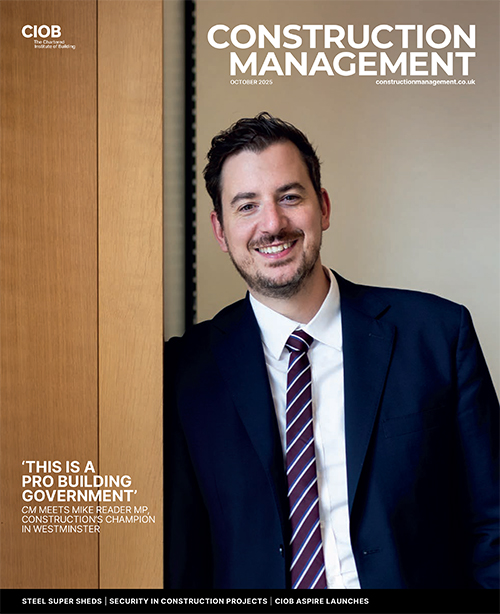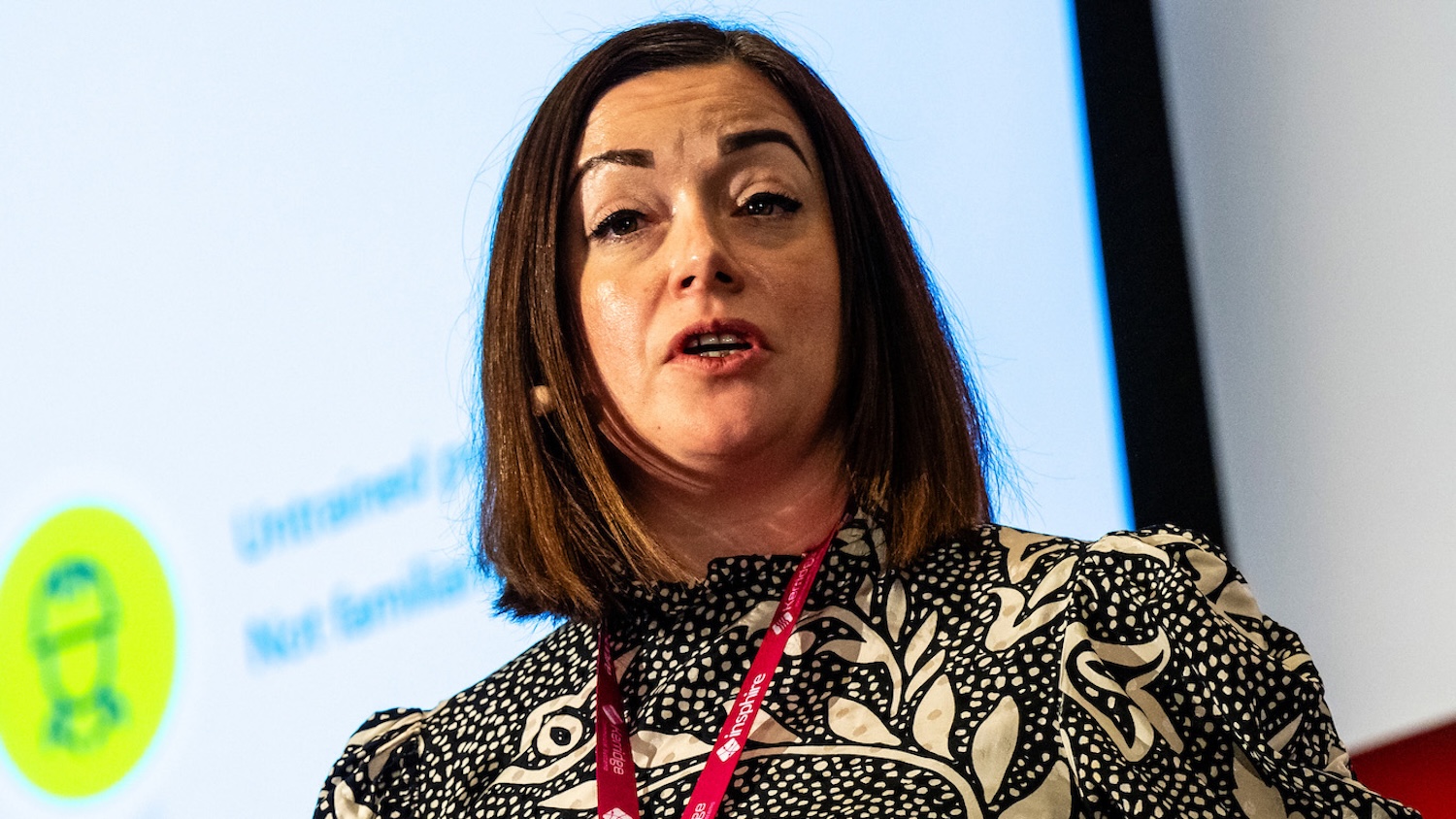The Construction Leadership Council has set new interim targets for the over-arching goals in the Construction 2025 industrial strategy, challenging the industry to achieve tough cuts in carbon, costs and delivery times by 2017 and 2020.
The new interim targets are “building blocks” towards the 2025 goals, and form part of a new implementation plan drawn up the Construction Leadership Council, which is charged with delivering the strategy.
In an interview with Construction Manager, the government’s chief construction adviser Peter Hansford said that the new targets should also add immediacy to the long-term challenge.
Hansford said: “2025 is a long way away – two and a bit parliaments. So the real push now is for a plan that makes progressive change towards 2025. We are now fleshing out a more detailed plan that will lead us towards 2025.”
The new carbon target calls for a 30% cut in carbon emissions from the built environment from a 1990 baseline by 2017, and 40% by 2020. These are in preparation for the 50% reduction targeted by 2025 in Construction 2025: Industrial Strategy for Construction.
According to the Green Construction Board’s Low Carbon Routemap for the UK Built Environment, published March 2013, emissions from the built environment were 210 MtCO2 in 1990. In 2010, emissions were just over 190 MtCO2, representing a 9.5% cut compared to 1990.

John Alker, director of policy and communications at the UK Green Building Council, commented: “The 50% target, together with the interim steps, are ambitious but necessary commitments and it shows that Government understands the scale of the challenge. However, big targets are one thing, and policy is quite another.
“Government now needs to demonstrate it can provide the enabling policy framework that will help the industry to meet those targets – and that means far greater leadership on energy efficiency and retrofit, and delivering – finally – on zero carbon.”
There are also interim targets for the other objectives set in Construction 2025. The Construction Leadership Council wants to see 20% and 25% cuts in projects’ life-time costs by 2017 and 2020 respectively; 20% and 30% reductions in delivery times for projects; and 20% and 30% increases in the value of construction exports.
“We’re still working on the Supply Chain Charter, but we’re getting really good engagement across the supply chain – clients, Tier 1 contractors, specialist contractors and manufacturers are all represented.”
Peter Hansford
Hansford said that further details on the carbon target would emerge from his speech at Ecobuild on 5 March, and that the interim targets and other agendas would also be publicised by a new communications strategy, likely to involve an e-newsletter.
Hansford also outlined further aspects of the ongoing work at the CLC. It is due to publish a new Supply Chain Charter setting new standards for the industry on payment – a document that had originally been due for publication last December.
Hansford said that a draft had been discussed at the CLC’s third meeting at the end of January: “We’re still working on it, but we’re getting really good engagement across the supply chain – clients, Tier 1 contractors, specialist contractors and manufacturers are all represented [on the CLC].
“It is hard [to reach agreement] but I’m confident we’re going to get to a form of words everyone can agree to that is not the lowest common denominator – there is a risk that you whittle it down and get everyone to agree to something that means nothing.”

Hansford also said that the new Charter would “align with” forthcoming plans from the Department for Business, Innovation and Skills to improve the industry’s payment culture (see our previous story here)
Hansford also said that the CLC – and its Delivery Group – would bring forward plans to drive improvement in the housebuilding sector, and was also developing plans to promote innovation.
“We’re looking at skills and the image of the industry, and we’ve broken that down by starting to look at the housebuilding sector. If we can tackle skills needs and image in housebuilding, we can then scale that up across other parts of the industry.”
And on innovation he said: “We’re just getting our minds around that – there will be a series of workshops with people from across the industry. There’s one this afternoon.”










